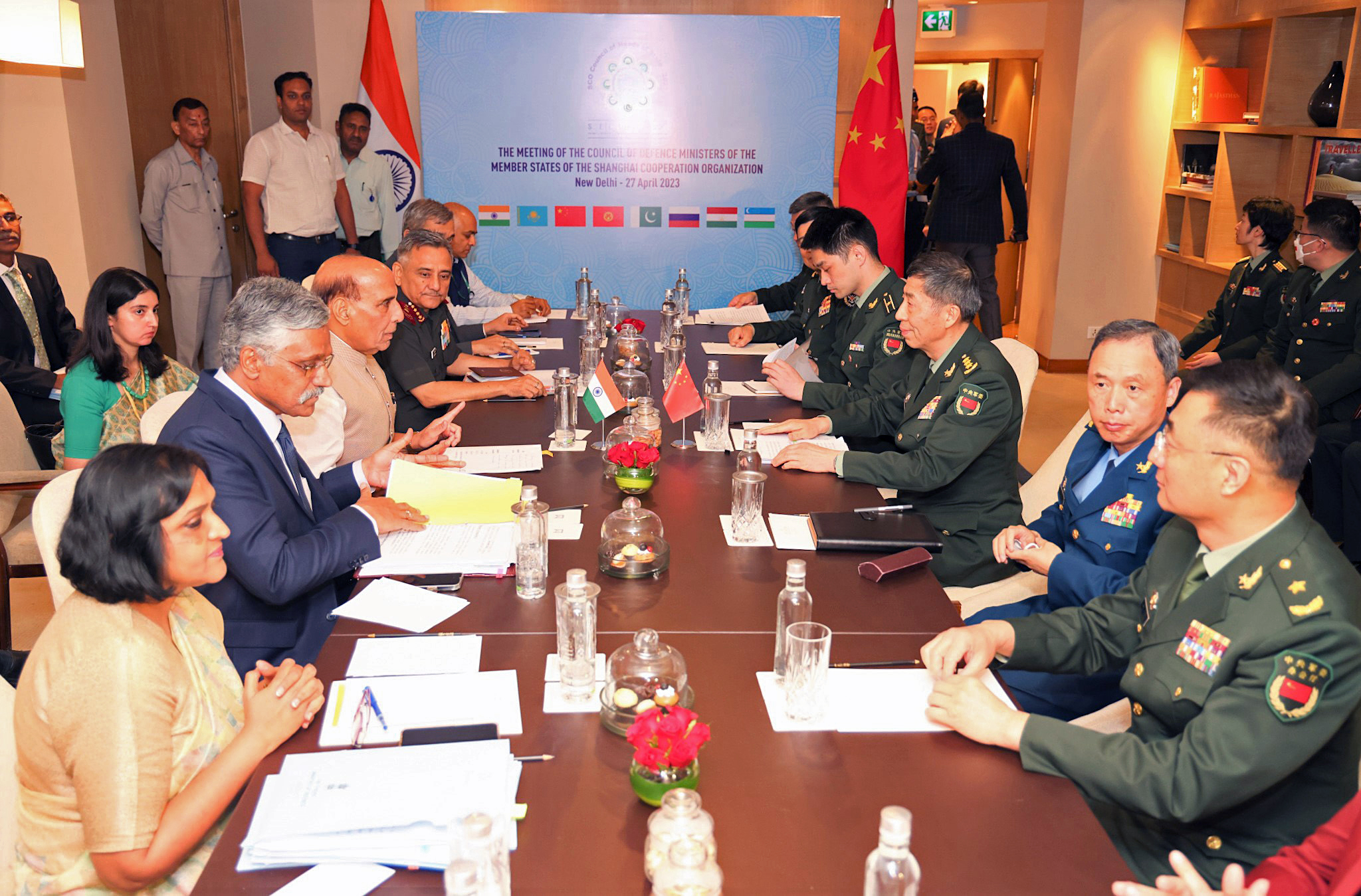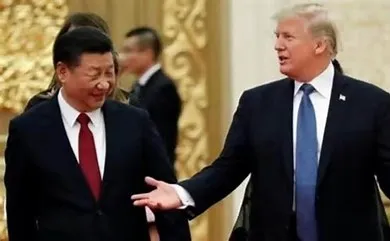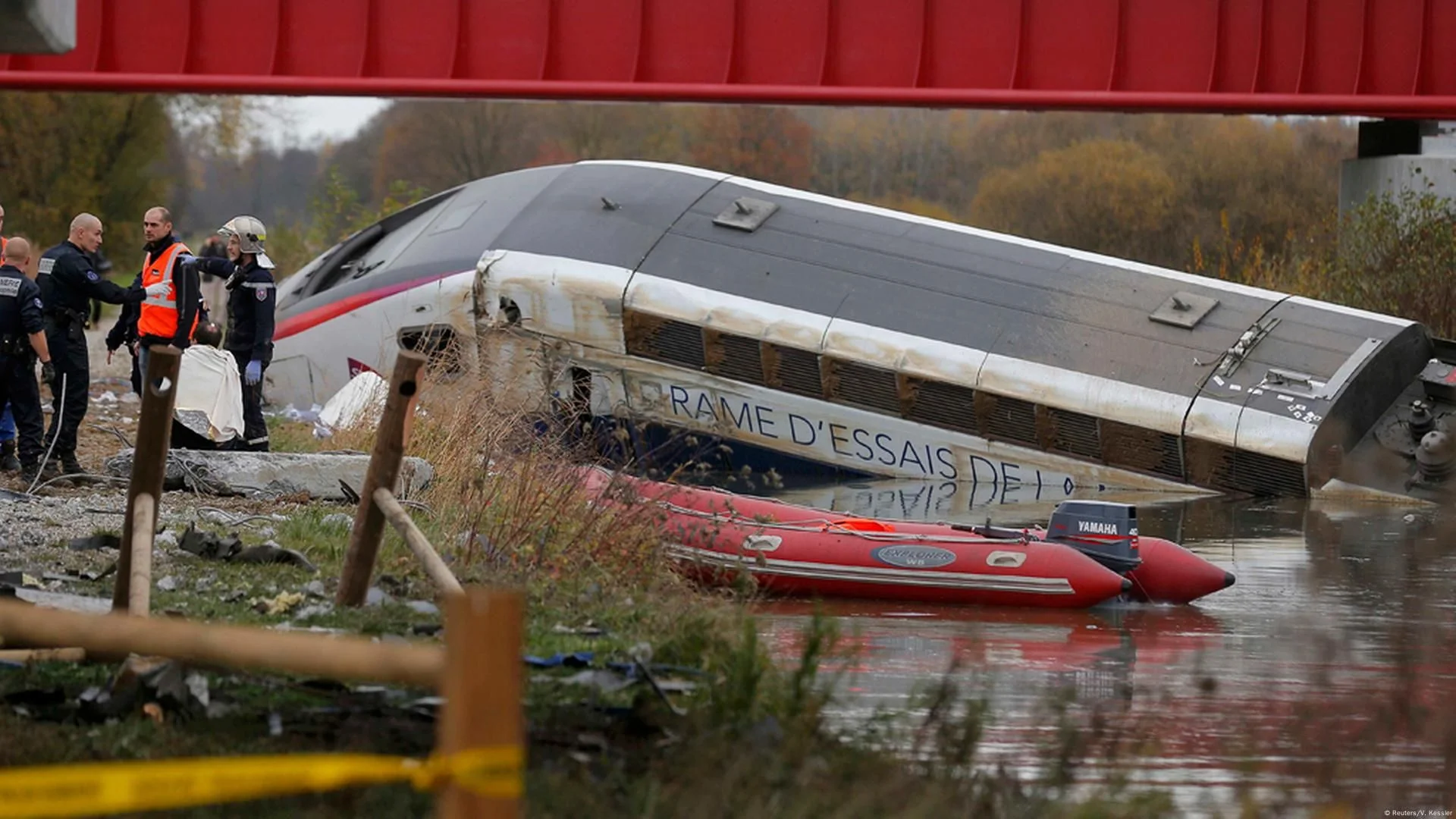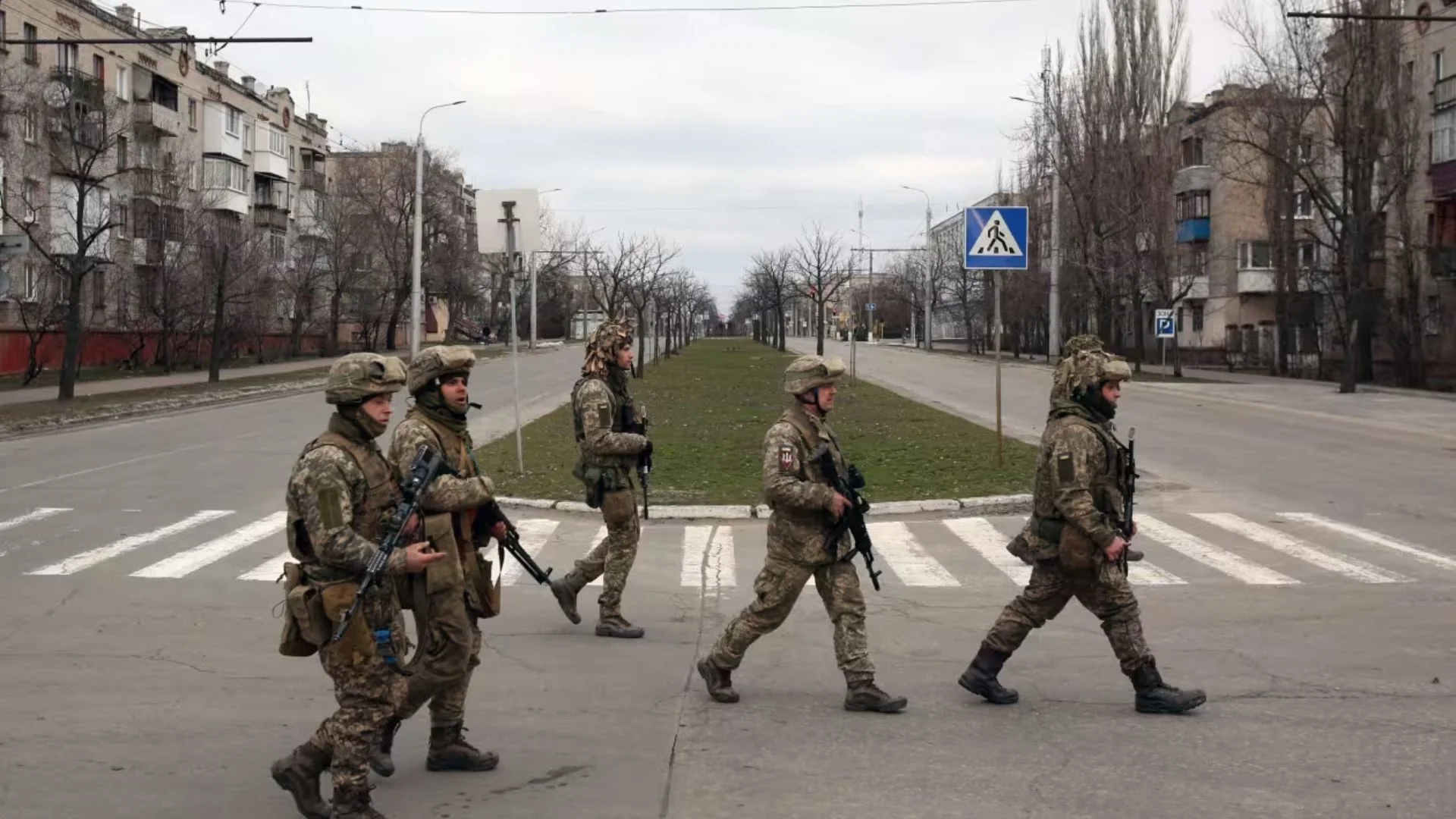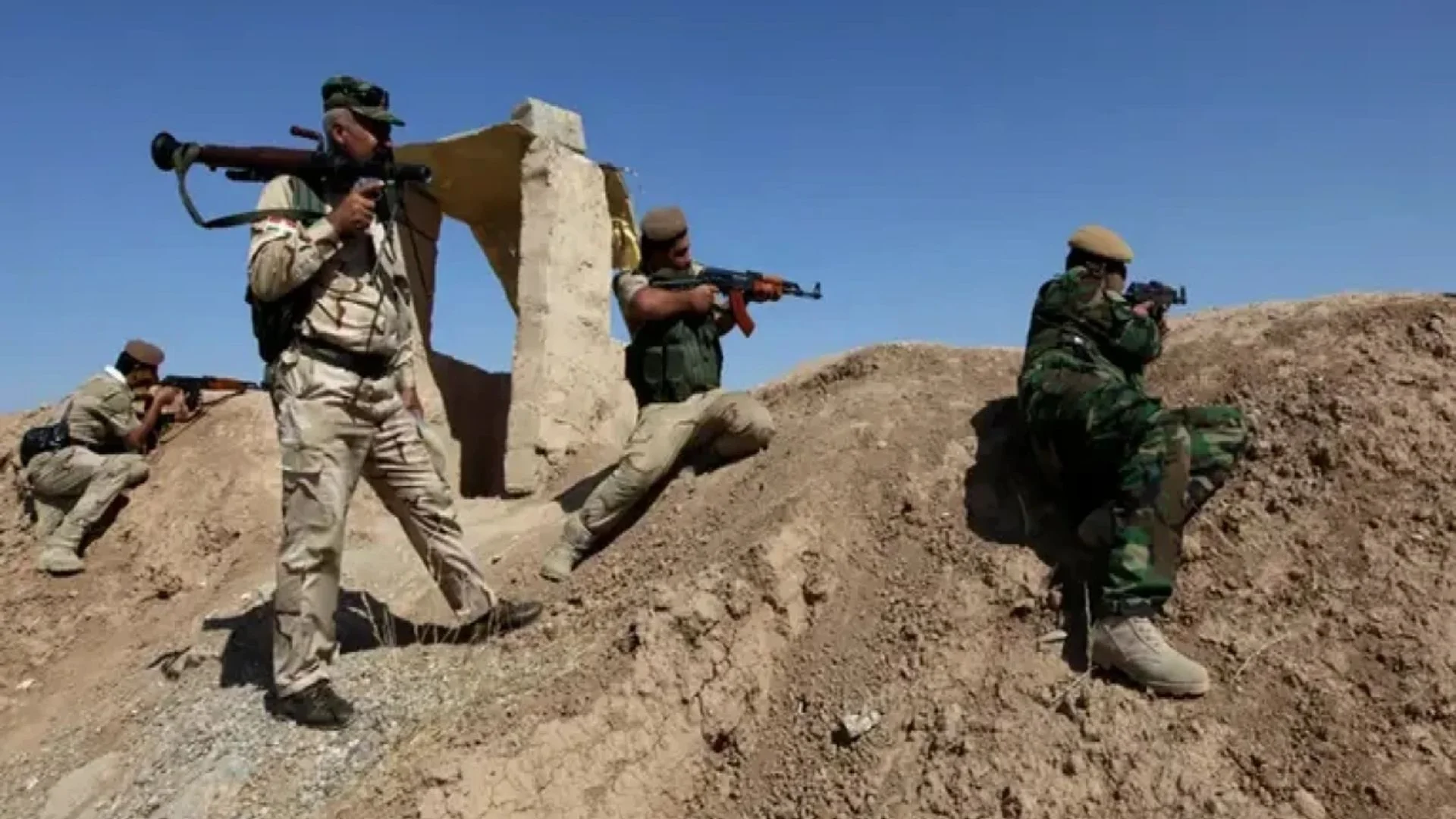At the Shangri La Dialogue, US Defence Secretary Lloyd Austin was categorical about the threat that China poses to the world, particularly its neighbours. He accused Beijing of bullying and coercing them, while warning it against any misadventures against Taiwan. To this, the spokesperson of the Chinese embassy in New Delhi, Wang Xiaojiang accused the US of coercing and bullying allies and partners, particularly the developing countries. Interestingly, Wang also spoke of there being no need for any third party interference in India-China border issue as the situation was stable. This is in keeping with the Chinese stance that the border situation is stable and so it can be business as usual, when the truth is that this stability is not the stability of peace. Whatever stability was there along the Line of Actual Control (LAC), if at all, it was shattered on the intervening night of 14-15 June 2020, when Chinese PLA soldiers attacked their Indian counterparts in the icy heights of Galwan Valley with spike-studded clubs and the like, causing 20 fatalities. Three years later, as the third anniversary of the Galwan Valley clash approaches, the two armies stand eyeball to eyeball along the LAC, with infrastructure building—including of dual-use villages—on the Chinese side going on in full swing, making the Chinese side of the LAC “battle ready”. India too has been ramping up its infrastructure along the LAC, even when bearing the huge cost of keeping thousands of soldiers in a battle-ready mode through some of the chilliest winters in the world. There was a time, not too long ago, when the situation was stable to the extent that there was talk that the 21st century would be an Asian century, with China and India leading it. There was talk in 2014, when Xi Jinping first visited India on the invitation of Prime Minister Narendra Modi, that China would be making huge investments in infrastructure in India. In fact a pact was signed during that visit that China would be investing $12 billion in India’s infrastructure. From there to a situation, where any Chinese investment in India is looked at with suspicion; where decoupling from China is India’s declared aim; where India’s students increasingly avoid going to China; people to people contact is minimal, India-China relations have come a long way in less than a decade. This distance is not India’s fault. It’s all China’s doing. The minute India accepts the vassalage of the Chinese Communists, relations will go back to being “normal”. But then “normal” means giving away chunks of Indian territory to the Chinese, ensuring that Beijing gets to control the waters of the Himalayas, that India’s seas become the playground of Chinese ships and submarines, ensuring world domination. When India did not cede territory to China at Doklam in 2017, the slide in India-China relations was inevitable. Even otherwise, China never had any plans to make the 21st century an Asian century. For China, 21st century was always the Chinese century, with the plan being to displace the US as the world’s number one superpower.
The stability at the LAC is akin to standing on a knife’s edge, even as reports filter in of PLA troops arming themselves with “non lethal” weapons retrofitted with very lethal accessories to take on their Indian counterparts. When China has no compunctions about violating every border agreement it has signed with India, when incremental aggression is still taking place, border management conversations are going on without any end in sight, when China is devising every possible strategy to disturb and destroy India, how can there be peace and stability in India-China relations? Absence of war is not necessarily peace. India-China relations are a living example of this. Things could have been different, but China, essentially a malign power, lacks the moral compass for it.

